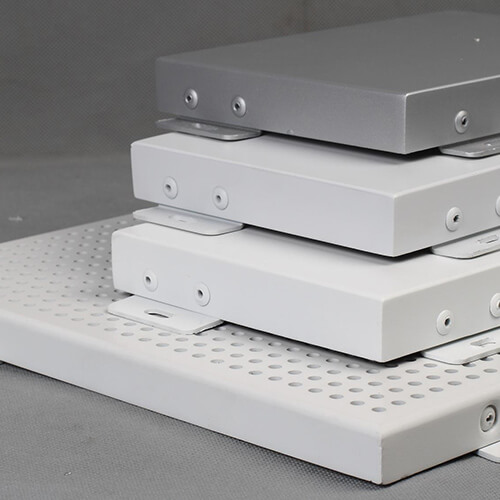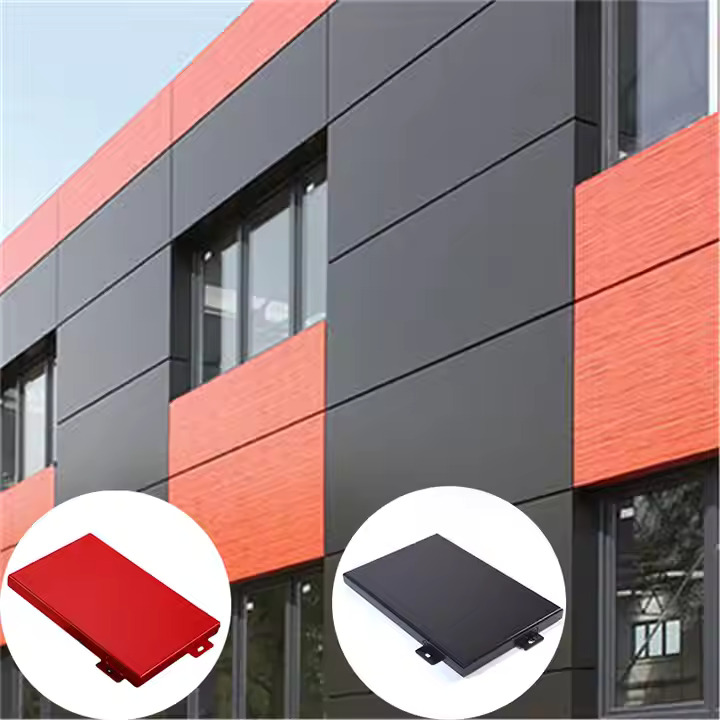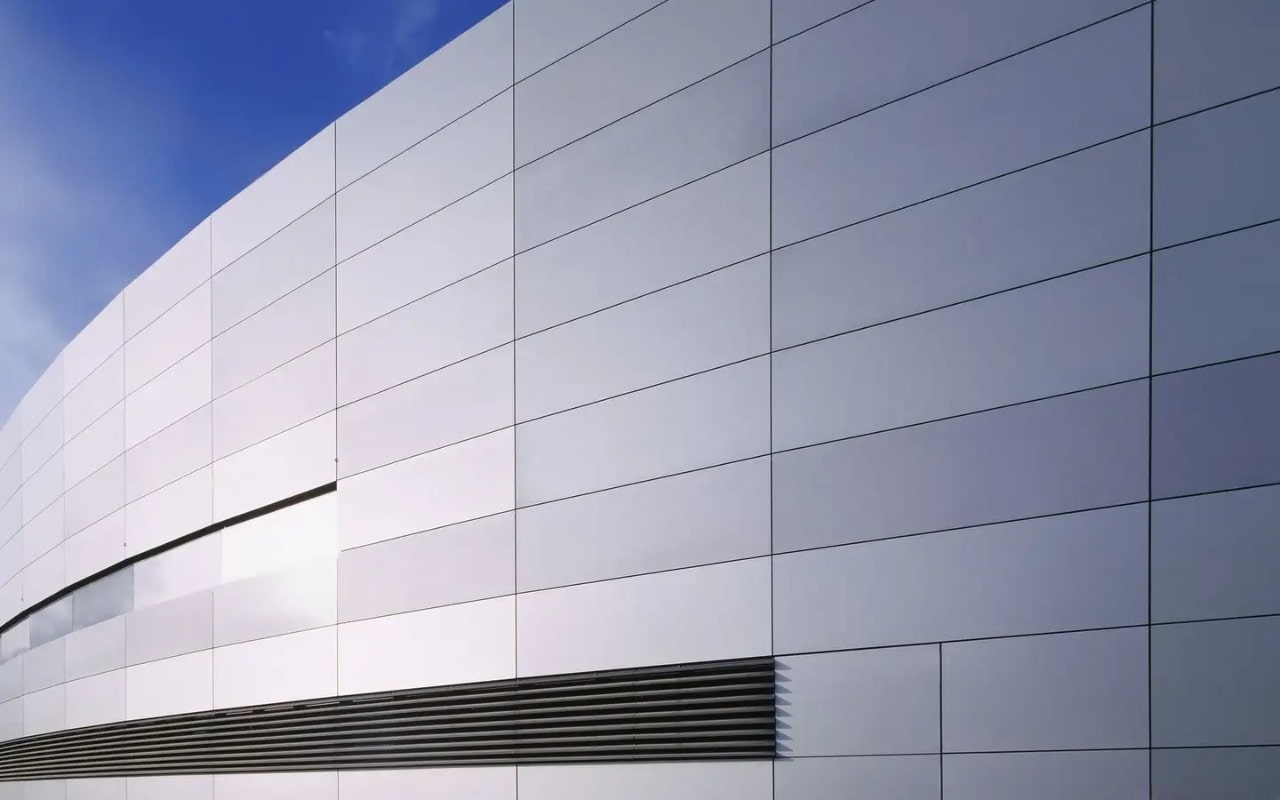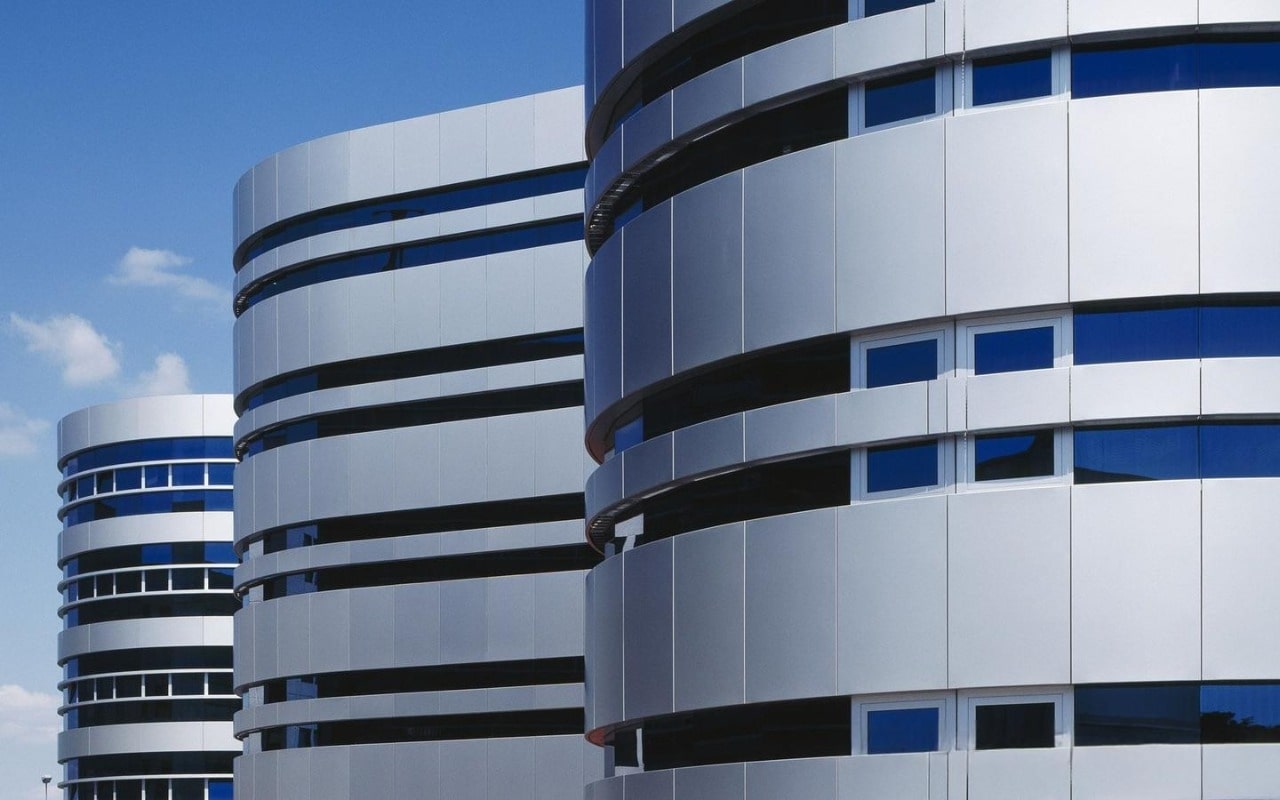


Aluminum Veneer
Aluminum Veneer: A Versatile and Modern Cladding Solution
Introduction
Aluminum veneer, also known as aluminum cladding or aluminum composite panel (ACP), is a popular material used in modern architecture for both exterior and interior applications. It consists of thin aluminum sheets bonded to a non-aluminum core, which can be polyethylene (PE), fire-retardant mineral-filled core, or other materials. This composite structure provides a unique combination of properties that make aluminum veneer a desirable choice for various building projects.
Features
Aluminum veneer offers a range of advantages that contribute to its widespread use:
- Lightweight and rigid: Aluminum veneer is significantly lighter than solid aluminum panels, making it easier to handle and install. Yet, its composite structure provides excellent rigidity and strength.
- Flat and smooth surface: The tension-leveled aluminum sheets ensure a flat and smooth surface, enhancing the aesthetic appeal of buildings.
- Excellent weather resistance: Aluminum veneer is highly resistant to weathering, corrosion, and UV radiation, ensuring long-lasting performance in various climates.
- Easy fabrication and installation: Aluminum veneer can be easily cut, bent, and shaped to meet specific design requirements. Its lightweight nature also simplifies installation.
- Variety of colors and finishes: Aluminum veneer is available in a wide range of colors and finishes, including metallic, wood grain, and stone patterns, offering designers a plethora of options.
- Low maintenance: Aluminum veneer requires minimal maintenance, typically only needing occasional cleaning to remove dirt and grime.
Applications
Aluminum veneer is a versatile material that can be used in a variety of applications, including:
- Exterior wall cladding: Aluminum veneer is a popular choice for creating modern and visually striking facades. Its lightweight and weather-resistant properties make it ideal for high-rise buildings and large-scale projects.
- Interior wall cladding: Aluminum veneer can also be used for interior wall cladding, adding a touch of sophistication and elegance to lobbies, corridors, and other interior spaces.
- Signage and advertising: The flat and smooth surface of aluminum veneer makes it an excellent substrate for signage and advertising, providing a durable and visually appealing backdrop for graphics and lettering.
- Roofing and soffit panels: Aluminum veneer can be used for roofing and soffit applications, providing a lightweight and durable solution that enhances the building's overall aesthetic.
- Column covers and beam wraps: Aluminum veneer can be used to clad columns and beams, transforming them into sleek and modern architectural elements.
